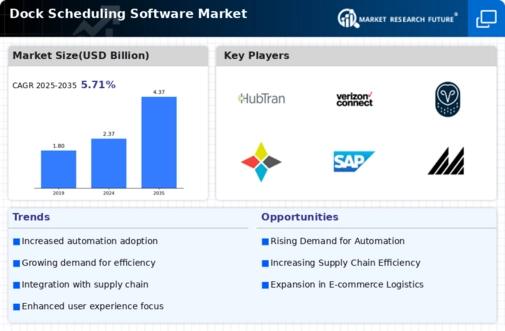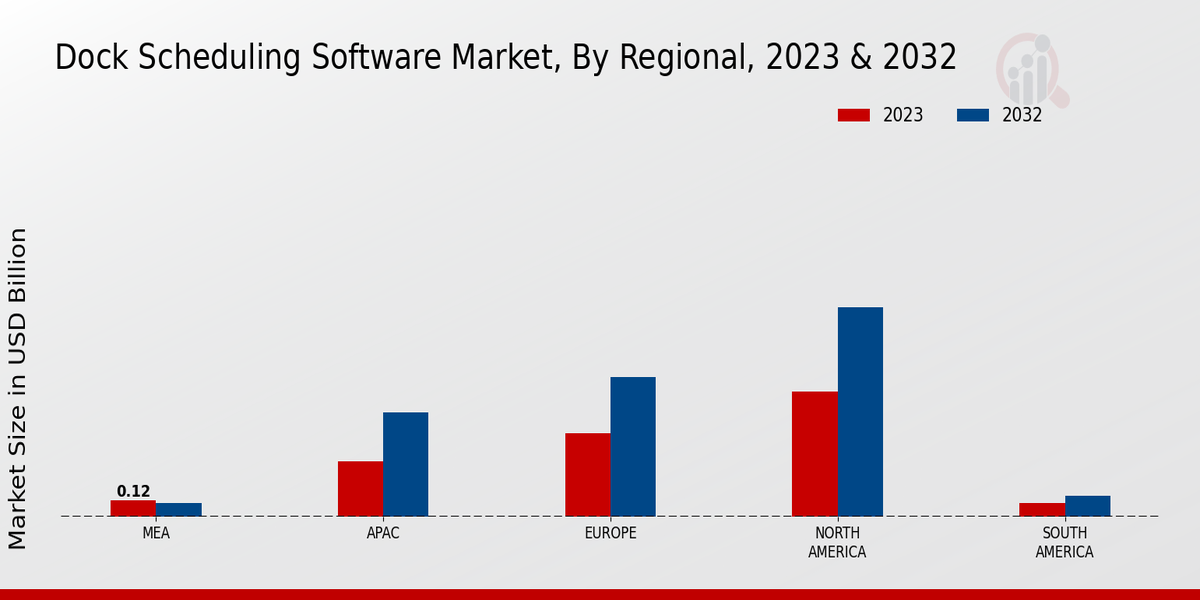The Dock Scheduling Software Market is a crucial segment within the logistics and supply chain industry, reflecting a dynamic environment where companies strive for efficiency and optimization in their operations. This market consists of various players that offer software solutions designed to streamline the processes of dock scheduling, thereby ensuring effective management of loading and unloading activities at dockyards.
The competitive landscape features numerous vendors that differentiate themselves through innovative technology, adaptability to client needs, and integration capabilities with other supply chain management systems. As the demand for operational efficiency grows, particularly in the context of e-commerce and global trade, companies in this sector are continually innovating and refining their offerings to meet evolving customer expectations and regulatory requirements.
HubTran stands out in the Dock Scheduling Software Market due to its specialized approach to streamlining the freight process. The platform effectively combines automated dock scheduling with document and payment processing features, creating a holistic tool that appeals to various users in logistics operations. The strength of HubTran lies in its user-friendly interface and seamless integration with other existing systems, reducing the learning curve for new users and enhancing overall efficiency.
This adaptability has garnered HubTran a solid reputation among logistics providers who are looking for reliable solutions to optimize their dock operations, demonstrating a commitment to fostering strong partnerships within the supply chain ecosystem. Verizon Connect, known for its robust fleet management solutions, also plays a significant role in the Dock Scheduling Software Market. Verizon Connect's platform offers advanced features that enhance real-time visibility and communication between drivers and dock personnel, thus facilitating smoother scheduling processes.
The company's strengths lie in its extensive data analytics capabilities, which allow users to optimize their operations based on actionable insights gathered from various data sources. Furthermore, Verizon Connect's established market presence and reputation lend credibility to its offerings, making it an attractive choice for businesses seeking to improve their dock scheduling efficiencies. The combination of telematics and dock scheduling functionality underlines the company's commitment to enhancing supply chain operations through innovative technology solutions.
























Leave a Comment